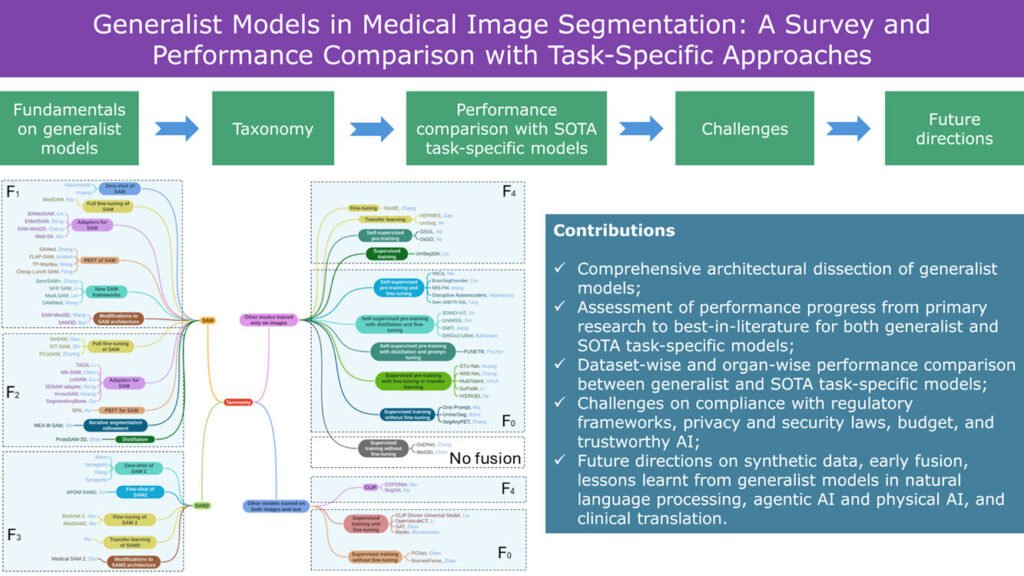The Department of Electronics, Information and Bioengineering at Politecnico di Milano has recently introduced an innovative online application aimed at revolutionizing the selection of artificial intelligence models for creating 3D images of individual organs. Spearheaded by Dr. Andrea Moglia, this groundbreaking tool promises to enhance the accuracy and reliability of patient treatment.
The genesis of this application lies in a comprehensive study published in Information Fusion, which delved into both generalist and specific AI models. Designed for healthcare professionals, technicians tasked with generating organ images, and doctors interpreting these images for diagnostic and treatment purposes, the app streamlines the selection process of AI models for optimal image production.
Dr. Moglia highlighted the efficiency of the tool, stating that professionals no longer need to engage in trial and error to obtain clearer images. Moreover, healthcare facilities can strategically plan the adoption of AI models based on the frequency of operations performed on specific organs or anatomical areas.
Accessible for free online, the app allows users to navigate through individual organs or anatomical regions such as the chest, neck, or abdomen. By selecting a specific area, users can explore a range of AI models tested on available image datasets, sorted by effectiveness. Additionally, users have the flexibility to categorize models based on their capacity to generate images of tumors, lesions, strokes, and ischemia.
The app features a mix of generalist and organ-specific AI models, with generalist models exhibiting remarkable efficacy in medical image segmentation. This process involves outlining structures in 2D images to create 3D reconstructions, facilitating faster image production and minimizing human error or bias.
Contributing to this pioneering work are Pietro Cerveri, Luca Mainardi, and Matteo Leccardi from the Department of Electronics, Information and Bioengineering at Politecnico di Milano. Their collective efforts have paved the way for a transformative approach to medical imaging and treatment.
For more information on this cutting-edge development, readers can refer to the study published in Information Fusion by Andrea Moglia et al. The DOI for this publication is 10.1016/j.inffus.2025.103709.
This groundbreaking initiative is a testament to the innovative strides being made in the field of medical imaging and artificial intelligence. By harnessing the power of AI models, healthcare professionals can optimize patient care and treatment outcomes with unprecedented precision and efficiency.


